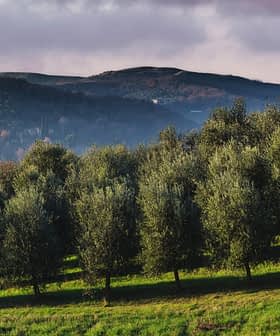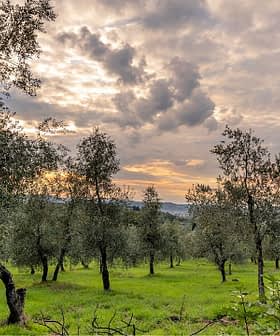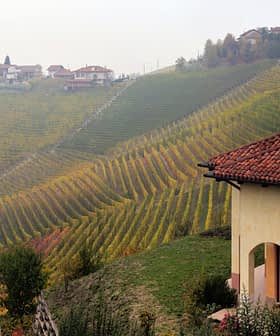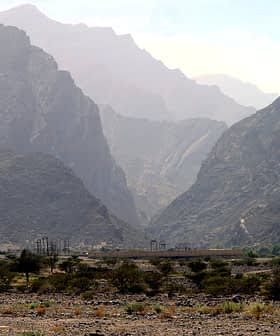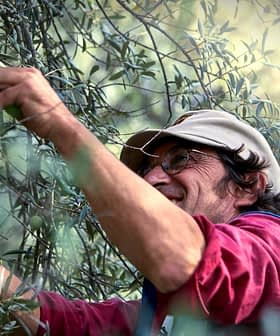The team behind the University of California Agricultural and Natural Resource’s (UCANR) newly published Olive Production Manual for Oil hopes the reference book will help support the state’s growing olive oil sector.
Over the past decade, the acreage dedicated to olive oil production has surpassed table olive acreage across California, which is responsible for virtually all North American olive oil production.
However, UCANR’s only olive-related reference books remained the original Olive Production Manual, published in 1953 and revised in 1994 and 2005, and the Organic Olive Production Manual, published in 2007.
See Also:Olive Oil for Dummies Seeks to Educate Consumers, Dispel Common Myths“The Olive Production Manual was mostly for table olive growers,” said Selina Wang, the book’s co-technical editor and an associate professor at the University of California-Davis department of food science and technology. “This is the first production manual for oil olive growers.”
“We wanted this book to be a straightforward, practical and relevant manual for the olive growers,” she added. “Some chapter writers are academics like myself, but we had industry professionals who have been doing the hands-on work for decades to review them to ensure the information is practical and easy to follow.”
Along with UC Davis Olive Center founder Dan Flynn and Louise Ferguson, Wang set out to create a step-by-step outline of everything an olive grower needs to know about siting, planting, harvesting and maintaining an orchard.
The book includes an introduction to the industry history and California olive oil grades and standards, followed by chapters that discuss olive physiology, soil and nutrient management, canopy maintenance, weed and pest identification and management, including the olive fruit fly and olive psyllid, olive tree diseases and olive harvesting.
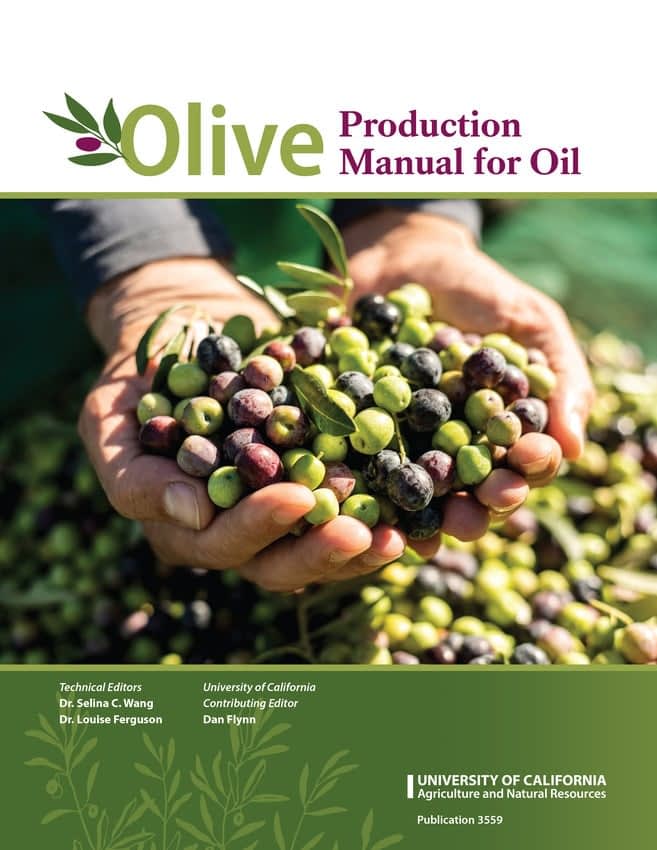
The technical editors said the book can help olive growers become more efficient and resilient.
While the book focuses mainly on the olive grove, there is also a chapter about milling the olives, storing the olive oil and dealing with some of the olive milling byproducts.
“Each chapter is written by someone who has been studying that subject for most of their career,” Wang said. For example, a leading plant physiologist wrote the physiology chapter, and an entomologist wrote the pest identification and control chapter.
“I think the book is strong and comprehensive because one person did not write it,” Wang added. “It’s not possible to be an expert on harvesting, milling, growing, pests and everything else.”
The book focuses on high-density and super-high-density olive groves, with chapters discussing siting, tree spacing, irrigation requirements and appropriate varieties.
“For the site selection and land preparation, we provide information about collecting and sending soil and water samples for testing, including what to test for… to see what is deficient and then see if there’s a need for a supplement,” Wang said.
While the manual does not explicitly address climate change or regenerative agricultural practices, it explains to olive growers how to think about irrigation and water availability and how to minimize phytosanitary inputs.
“We wanted this manual to be for every grower, regardless of the sizes and their farming practice,” Wang said.
Work on the 273-page book started during the Covid-19 pandemic and took nearly four years to complete. Wang said one of the main challenges was keeping the writing concise. “We wanted to ensure this did not read like a textbook or a scientific manuscript,” she said.
However, each chapter provides extensive reading recommendations for anyone curious about any subject.
The Olive Oil Commission of California funded the manual. As a result, the state-run non-profit will receive about 150 copies of the book to distribute among its members, which include the country’s largest olive farmers and olive oil producers.
Still, Wang said the commission hopes to sell many more copies in California, the broader United States and internationally. If there is demand for copies in other languages, Wang anticipates the publisher would be willing to translate the book.
“Next spring, the three of us [Flynn, Sherman and Wang] will travel around California from the north to the south with some of the chapter writers,” Wang said. “At each stop, we will discuss the most relevant information from the manual and focus on a specific regional problem.”
For example, Wang said in the more arid regions of California, the three technical editors would discuss irrigation and water management. In the coastal areas, they will go into depth about monitoring and mitigating the impacts of the olive fruit fly.
The Olive Production Manual for Oil is available for $90 (€82) on the UCANR catalog.


